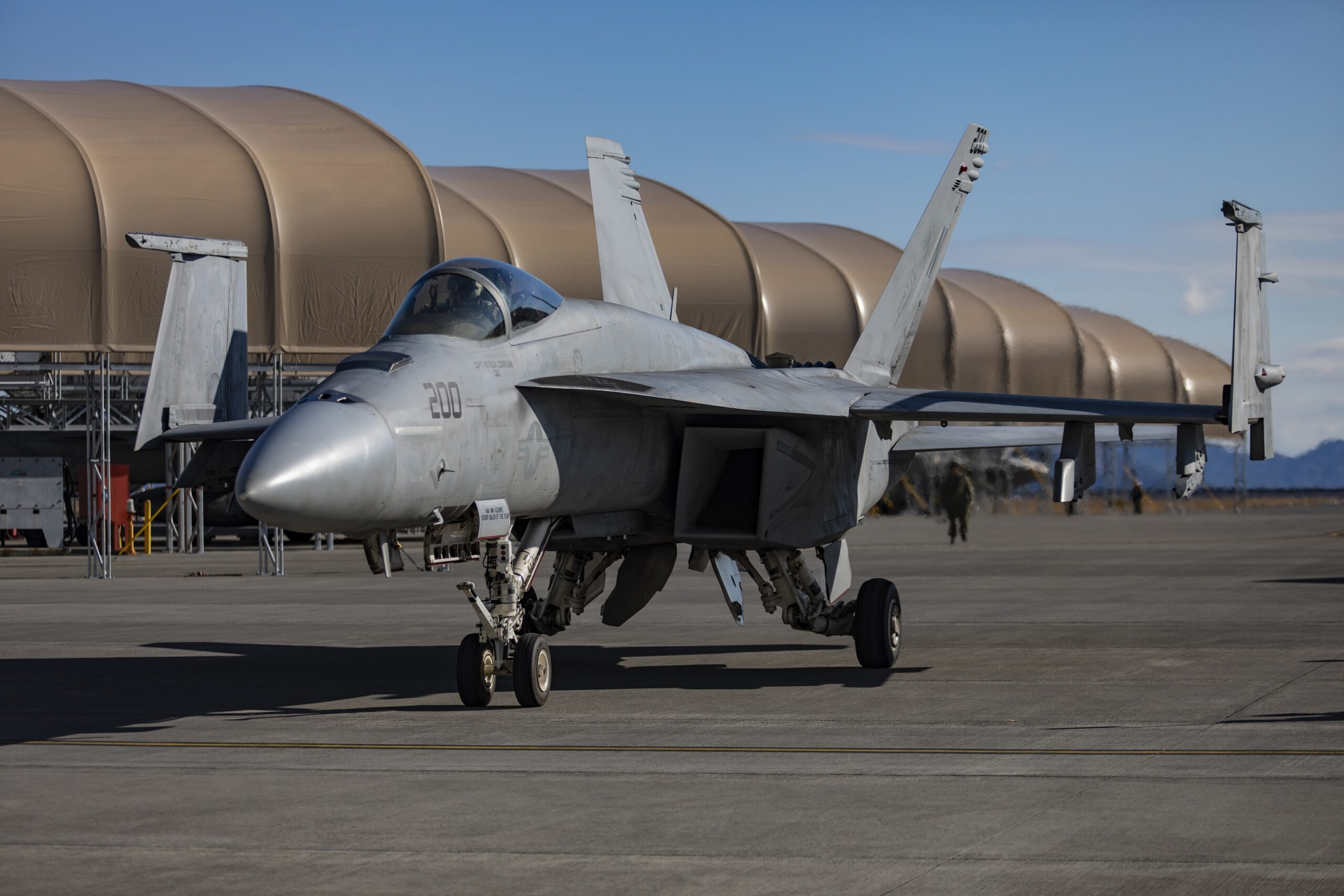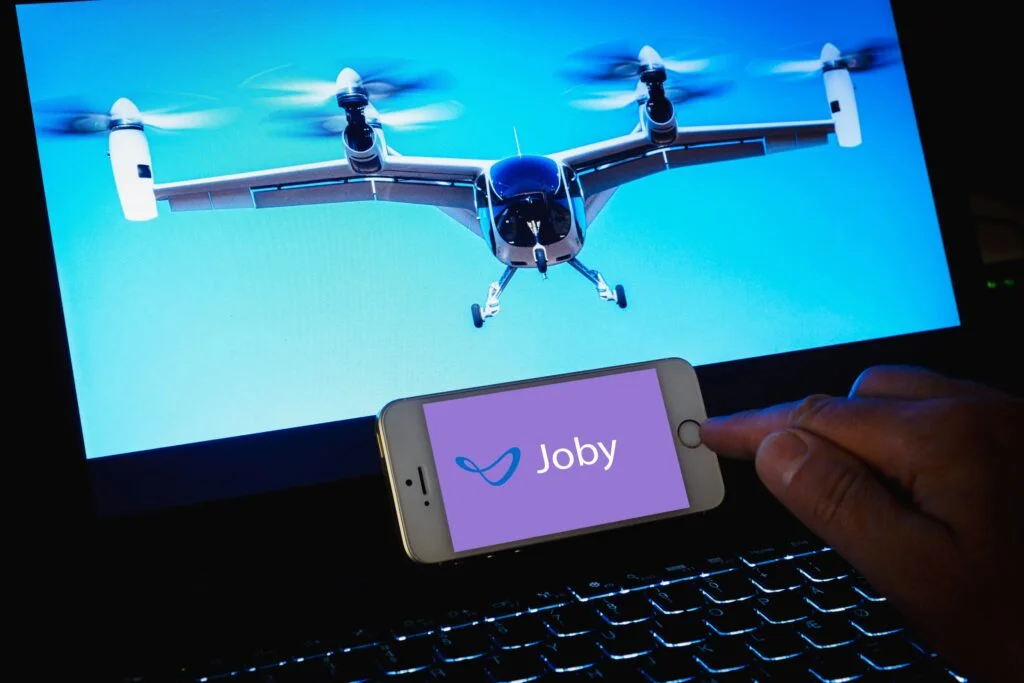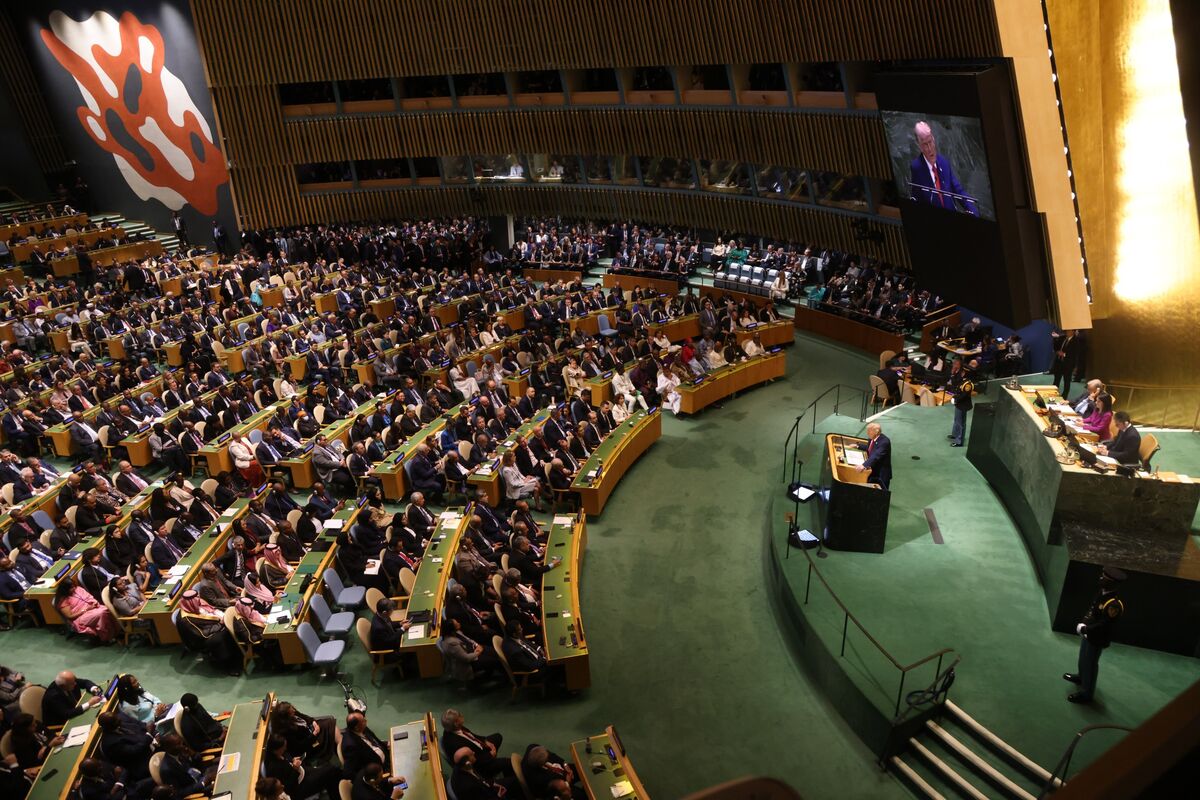By Colton Jones
Copyright defence-blog

Raytheon, an RTX business, announced it has completed a major review of its Advanced Electronic Warfare (ADVEW) prototype, marking a key step in replacing the current electronic warfare suite on the U.S. Navy’s F/A-18E/F Super Hornet fleet. The review validated the prototype’s software integration with flight-representative hardware and confirmed its alignment with government reference architecture. According to the company, this milestone confirms the program is on schedule to meet the Navy’s accelerated fielding timeline. “Our ADVEW prototype continues to showcase significant progress in both hardware and software that will improve the aircraft’s ability to detect and counter electronic threats,” said Daniel Theisen, president of Advanced Products & Solutions at Raytheon. “We are on track with our fast-paced schedule and will continue developing the system to meet all necessary requirements on the U.S. Navy’s accelerated fielding timeline.” The Navy has long relied on the Super Hornet as the backbone of its carrier-based air fleet. Upgrading its electronic warfare systems is viewed as critical for sustaining survivability against evolving threats, including advanced radar-guided missiles and increasingly complex electronic attack methods employed by potential adversaries. Raytheon’s ADVEW is designed to replace older systems with a digital architecture capable of rapid upgrades, integration with other self-protection subsystems, and improved detection and countermeasure performance. The system is intended to ensure that the Super Hornet remains combat-relevant well into the future as the Navy adapts to high-intensity operational environments. The company highlighted that the recent review was a pivotal checkpoint to validate progress not only on software development but also on integration across subsystems. This ensures the ADVEW platform works seamlessly with other defensive systems already deployed on the F/A-18E/F. Raytheon also convened a Test Plan Working Group to prepare for upcoming in-flight evaluations. This coordination is meant to streamline testing, reduce risks, and shorten the timeline to operational deployment. In the coming months, Raytheon will continue demonstrations while delivering shipsets for government-run integration testing, a crucial step toward fleet introduction. The U.S. Navy has placed priority on fielding advanced electronic warfare capabilities quickly. With adversaries investing heavily in electronic attack and countermeasure systems, the Navy sees rapid integration of new technologies as essential to maintaining operational advantage. Raytheon stated that ADVEW is designed to not only detect but also counter sophisticated electronic threats in contested environments. Its digital backbone allows for faster software updates and improved mission flexibility, ensuring adaptability across the Super Hornet fleet. The successful review demonstrates progress in equipping one of the Navy’s most widely deployed combat aircraft with next-generation protection. With the Super Hornet expected to remain a frontline fighter for decades, its ability to withstand electronic warfare threats is central to U.S. naval aviation strategy. Theisen reinforced this outlook, noting that Raytheon remains committed to delivering the system on time. “We are on track with our fast-paced schedule,” he said, emphasizing that the company’s work is aligned with the Navy’s drive to deploy the system as quickly as possible. By pushing ADVEW forward, the Navy is preparing its carrier-based forces to operate in environments where the electromagnetic spectrum is as contested as the air and sea domains. The system is positioned as a cornerstone in ensuring U.S. air dominance in the face of emerging global challenges.



